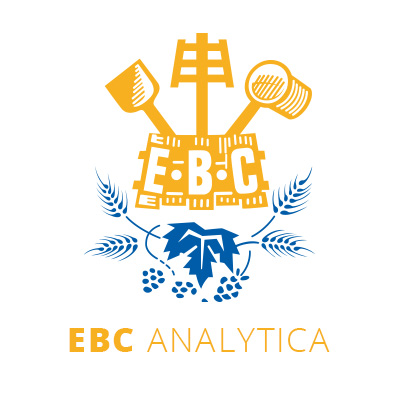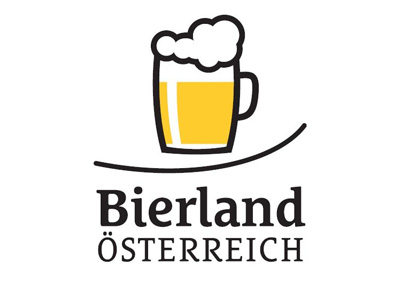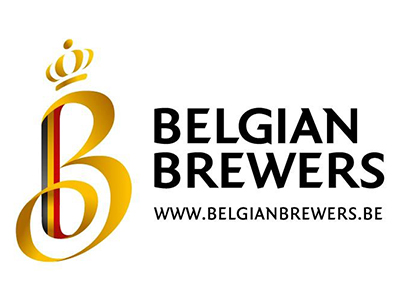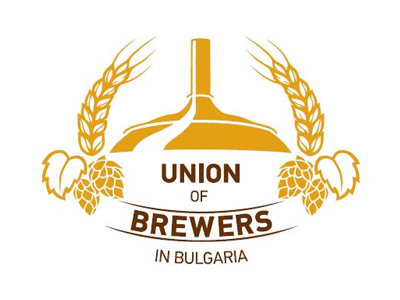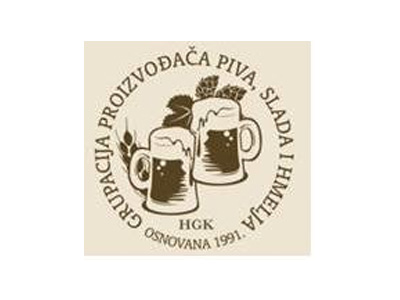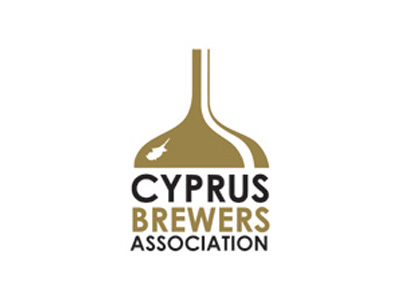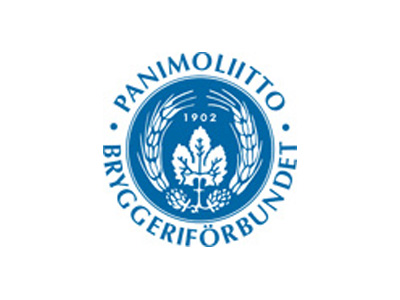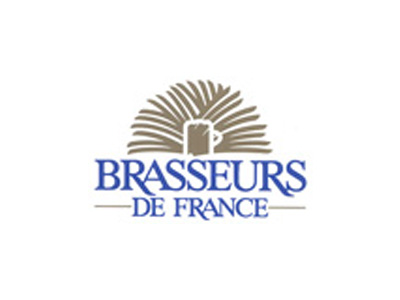- 24/10/2018
- 852
- |
- Packaging and Packaging Materials
- |
- 2004
11.14 - Capacity Determination of Bottles (formerly published as IOB Method 13.10)
The determination of the filling level and the brimful capacities of all bottles. The difference between the brim and the filling height, the headspace, may then be calculated. The tolerances will be negotiated in each case between the customer and the supplier. Guidelines for the tolerances are found in reference 3.3. Capacity tolerances are also to be found in glass manufacturers’ guidelines. Descriptors: the density for water at the test temperature, volume at 20 ºC, volume as recorded, temperature as recorded.
It is necesssary to useEBC Method 11.1.1
